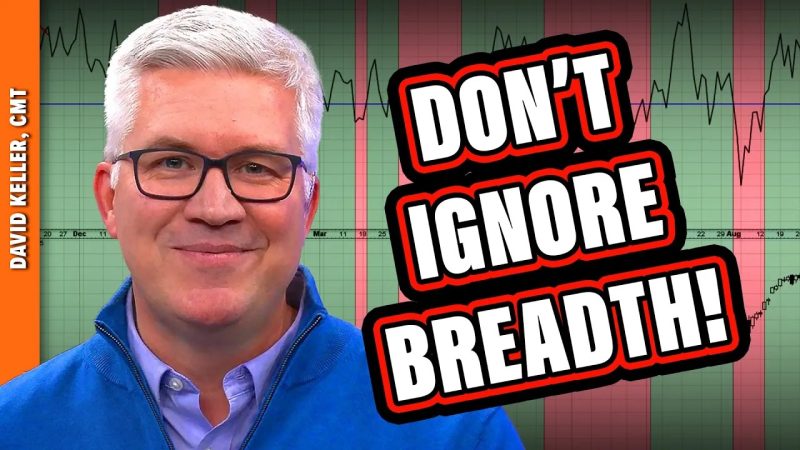
5 Essential Breadth Indicators You Absolutely Must Pay Attention To!
In the world of finance and investing, market breadth indicators play a crucial role in providing insights into the overall health and direction of the market. These indicators offer valuable information about the strength of a market trend, market sentiment, and potential reversals. As an investor or trader, it is essential to pay attention to these indicators to make informed decisions and navigate the complexities of the financial markets. Here are five key breadth indicators that you cannot afford to ignore:
1. Advance-Decline Line (AD Line):
The Advance-Decline Line is a popular breadth indicator that tracks the number of advancing stocks versus declining stocks in a given market. By analyzing the AD Line, investors can gauge the breadth of market participation and identify potential shifts in market sentiment. A rising AD Line suggests broad-based market strength, while a declining AD Line may signal underlying weakness and a possible trend reversal.
2. New Highs-New Lows:
The New Highs-New Lows indicator measures the number of stocks reaching new highs versus new lows over a specific period. This indicator helps investors assess the breadth of market momentum and identify potential overbought or oversold conditions. A high number of new highs relative to new lows indicates strong market participation and bullish sentiment, while an increase in new lows may point to a weakening market.
3. Cumulative Volume Index (CVI):
The Cumulative Volume Index is a breadth indicator that tracks the cumulative volume of advancing stocks versus declining stocks. By analyzing the CVI, investors can determine the strength of a market trend and spot potential divergences between price and volume. A rising CVI confirms a healthy market trend, while a declining CVI may indicate weakening momentum and a possible trend reversal.
4. McClellan Oscillator:
The McClellan Oscillator is a market breadth indicator that measures the difference between the 19-day and 39-day exponential moving averages of advancing and declining issues. This oscillator helps investors identify overbought or oversold conditions in the market and provides insights into short-term market breadth. A positive reading suggests bullish market breadth, while a negative reading indicates bearish market sentiment.
5. Percent of Stocks Above Moving Averages:
The Percent of Stocks Above Moving Averages indicator calculates the percentage of stocks trading above key moving averages, such as the 50-day or 200-day moving average. This breadth indicator offers valuable information about the overall market trend and the participation of individual stocks in the trend. A high percentage of stocks above their moving averages indicates broad market strength, while a low percentage may signal a weakening market trend.
In conclusion, paying attention to breadth indicators is essential for investors and traders to gain a comprehensive understanding of market dynamics and make informed decisions. By incorporating these key breadth indicators into your analysis, you can better navigate market fluctuations, identify potential trend reversals, and capitalize on profitable opportunities in the financial markets.
